How Shogun will go on – without James Clavell
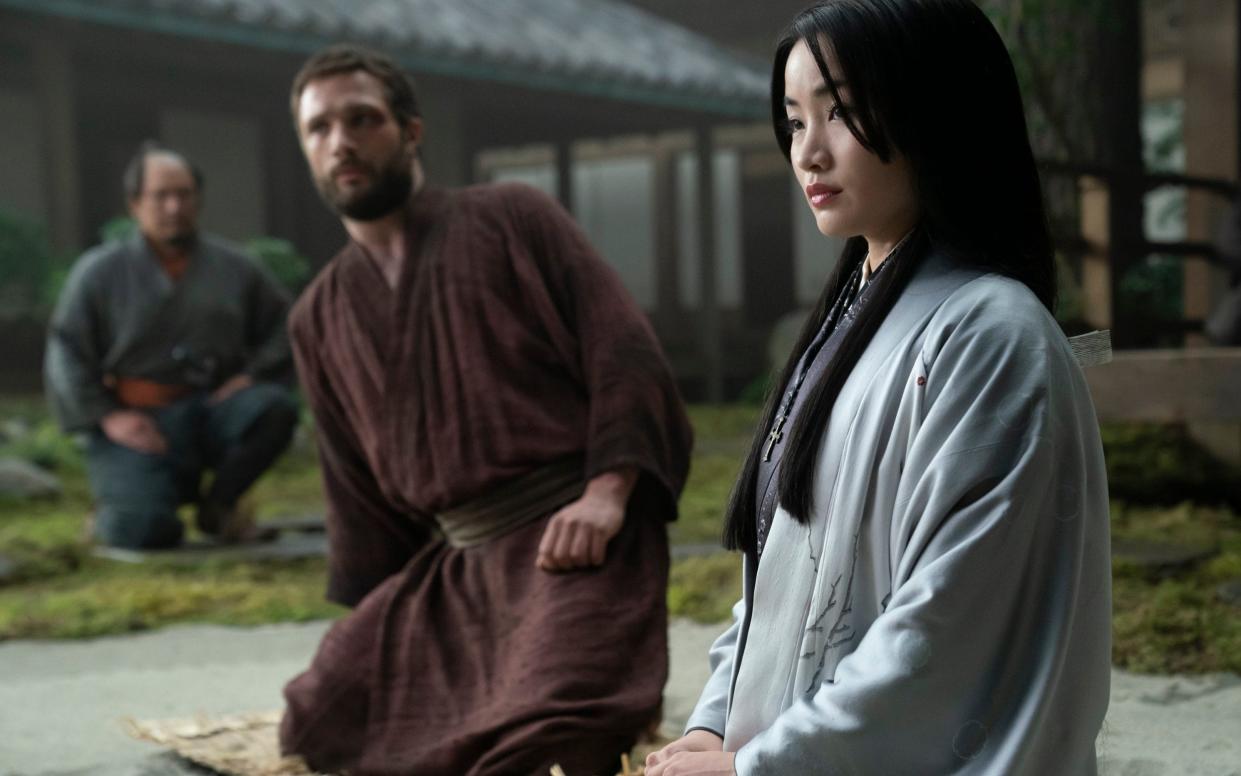
- Oops!Something went wrong.Please try again later.
- Oops!Something went wrong.Please try again later.
- Oops!Something went wrong.Please try again later.
- Oops!Something went wrong.Please try again later.
When 2024 began, few people had particularly high expectations for the new TV adaptation of Shõgun. Admittedly, James Clavell’s 1975 novel, which chronicles the various political and military machinations in 1600 Japan, was a much-loved phenomenon, selling millions of copies worldwide and inspiring a 1980 miniseries with Richard Chamberlain and Toshiro Mifune. Yet audiences have been so saturated with special effects-filled epics over the past few years that it seemed as if this series could easily have passed viewers by, as they awaited the next instalment of House of the Dragon or Lord of the Rings: The Rings of Power.
Thankfully, since it was first broadcast on Disney+ (Hulu in the US) in late February, Shõgun has proved to be one of the year’s most impressive breakout hits. While the original miniseries amplified the white central character of John Blackthorne, an English naval captain who finds himself caught up in the politicking of various powerful warlords, this version has sufficient faith in its audience’s patience – and intelligence – to direct the focus back towards the true hero of the novel, the charismatic and brilliant Lord Toranaga; the eponymous shogun himself, Japan’s de facto ruler.
As played by one of Japan’s finest actors, Hiroyuki Sanada, Toranaga is both a military genius and equipped with the ability to stay one step ahead of the various plots and stratagems cooked up by his rival warlords – the so-called “five Regents”, a council of five Elders who were ruling Japan while the late emperor’s young son remained underage – but also given to displays of ruthless, bloody realpolitik. If you thought that Game of Thrones was brutal, be prepared for much, much worse; the knowledge that this is based on historical fact, rather than mythological invention, means that the acts of violence depicted on screen pack a real punch, especially the many scenes of ritualised suicide, or seppuku.
Clavell never wrote a sequel to Shõgun, despite its enormous popularity; although he wrote about the Far East several times, in his so-called “Asian Saga”, the subsequent books that he wrote were either set in the 19th or 20th centuries. However, the television series has been such a phenomenal success for its production companies FX and Hulu that it has now been announced that they are, in corporate speak, “moving forward to develop the saga with two additional seasons of the drama series.”
There is a funny meme in existence that shows Blackthorne with his translator Lady Mariko, in which he declares, via subtitles, “How dare you bastards tell me Shōgun is ending for good! I don’t care if you’ve exhausted the source material, I don’t care that you have already adapted the entirety of James Clavell’s book! There’s nothing else on television quite like this program and I demand you monsters continue it at once!” Mariko translates his words as the rather simpler “The Anjin [Blackthorne] wants a second season of Shōgun.” Now, his wish has been answered.
The showrunners Rachel Kondo and Justin Marks, who did such a magnificent job of bringing the novel to life, will be returning, as, of course, will Sanada, who will retain his status as producer as well as star. The news release is vague about when we can expect to see the second series – “Production timing has not been locked in, but a writers’ room is being assembled and will begin this summer” – but given the complexity, size and expense that the show will require, it would be unlikely if we saw anything before 2026 at the absolute earliest. But when the show returns, what can we expect to see?
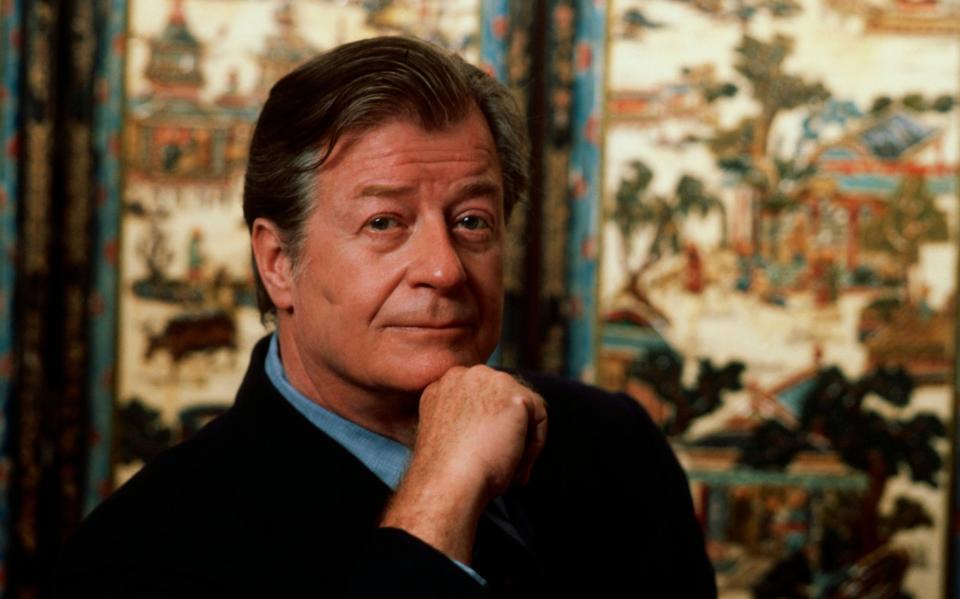
There are several options available to Kondo, Marks, Sanada and the rest of the team. The most obvious solution is to continue the series immediately where the current season concludes, with the aftermath of the epic Battle of Sekigahara. Although Shõgun was made on a sizeable budget, it was not able to summon up the resources to depict the seismic (and historically accurate) conflict on-screen.
Marks suggested in an interview with the Hollywood Reporter that this was a blessing of sorts. “Never for a second in the writer’s room did we ever really say that we were after [a final battle],” he said. “Not because we couldn’t afford it – although we couldn’t. But because Clavell was not telling that kind of story.”
Yet given that the budget for the second instalment will undeniably be considerably larger, it is easy to imagine that the series could begin, Gladiator-like, with the conclusion of the battle being shown on screen, cementing Toranaga’s grip on power, and then the rest of the season focusing on the relationship between the all-conquering shogun and Blackthorne.
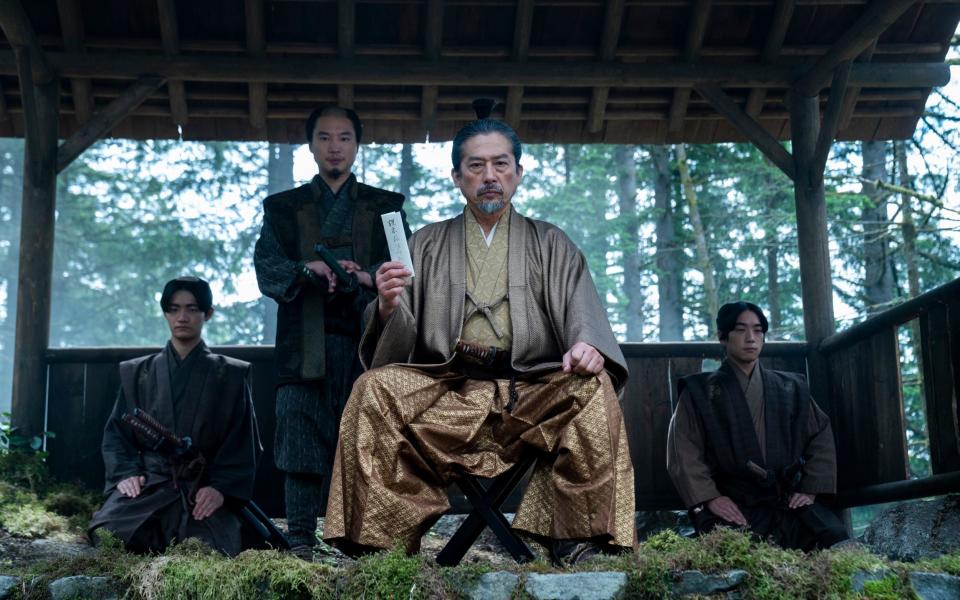
This would undoubtedly satisfy admirers of the series and book alike, if it remains faithful to the tenets of characterisation and plot already established, but it is also comparatively safe and unadventurous. And the question remains whether business as usual is even an option here; as Marks said, of the process of adaptation, ‘it’s also about, not even topping the book, but how do you even equal the roadmap that Clavell laid out? And I don’t know if it’s possible. I don’t know if Clavell could have done it either. That’s probably why he moved on to other books too, right?”
There are other, more daring alternatives. Clavell wrote a total of six books in his “Asian Saga”, and Marks has expressed his admiration for the second book in the series, 1966’s Tai-Pan, which focused on the 1840s opium wars fought between the British Empire and China and is set in Hong Kong. It was filmed disappointingly in 1986, becoming a disastrous box office flop, but a lengthier series would do the book’s complexity and epic scope considerably more justice.
It would also mean that, if Marks and Kondo wished to create a so-called “Shõgun Universe”, they have greater options if working with Clavell’s existing material, rather than creating their own storylines. The difficulty here is that there would be no compelling central role for Sanada – the protagonists are Westerners – unless considerable changes were to be made to the existing novel. If this were to happen, the showrunners may have been better advised simply to create their own original story rather than play fast and loose with a beloved book.
If the series does remain in 17th century Japan – and, reading between the lines, this seems to be the general intention – then there is a vast amount of rich historical detail to explore. The inspiration for Toranaga, the all-powerful Tokugawa Ieyasu, became shogun in 1603, after the Battle of Sekigahara, and continued to remain the most powerful man in Japan until his death in 1616. His relationship with William Adams, the real-life inspiration for Blackthorne and an Englishman who was given enormous power and status but never allowed to leave the country, continued to be a fascinating study in power and influence, as Adams was responsible for co-ordinating diplomatic relations between Europe and Japan.
This was, of course, hinted at in the flashforward in the series finale of the first series, in which we saw Blackthorne’s visions of himself as an old man, living in England, even as he himself offers his own life in an attempt to stem the bloodshed that has resulted from the destruction of his ship, only for Toranaga to refuse to let him commit seppuku. This is, of course, no more than a fantasy.
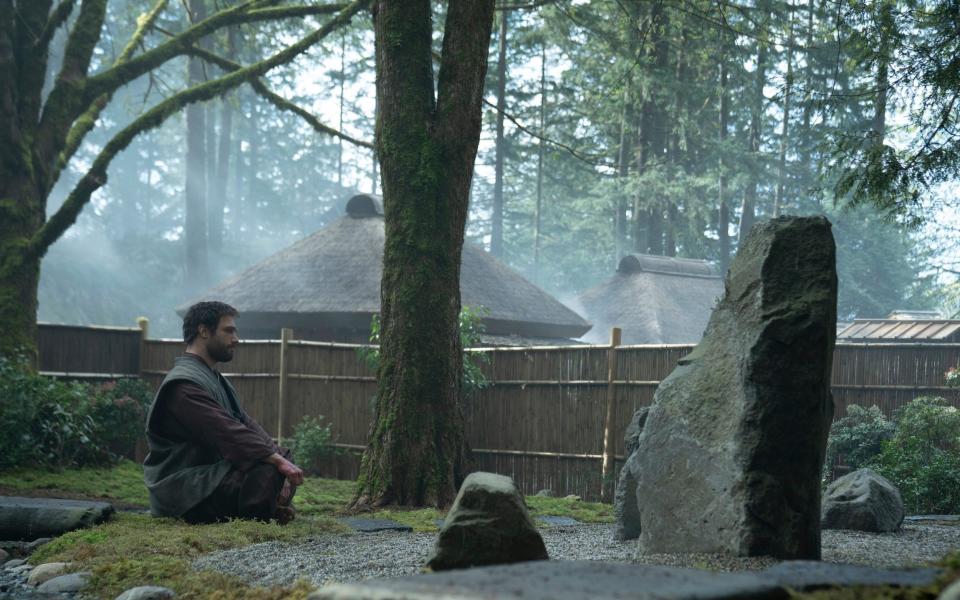
As Marks said: “[you] realise that that was not the dream of an old man looking back, it was actually the dream of a young man looking forward to one possible version of his life. A version of his life that he has to draw to an end by killing that path. What Blackthorne is trying to kill there is not himself, it’s the version of himself that he’s always been. And when Toranaga knocks that knife out of his hand and then looks down at him, he’s looking at a man reborn now to a completely different life.”
There were, naturally, many more battles, not least the epic siege of Osaka that took place between 1614 and 1615 and cemented the Tokugawa shogunate’s grip on power. And, of course, if the series continues, it could begin to explore similar territory to Martin Scorsese’s still-underrated Silence, revolving around the tensions between Western missionaries attempting to bring Christianity to the East and the way in which the religion was banned in Japan, as a so-called “religion of colonialism.”
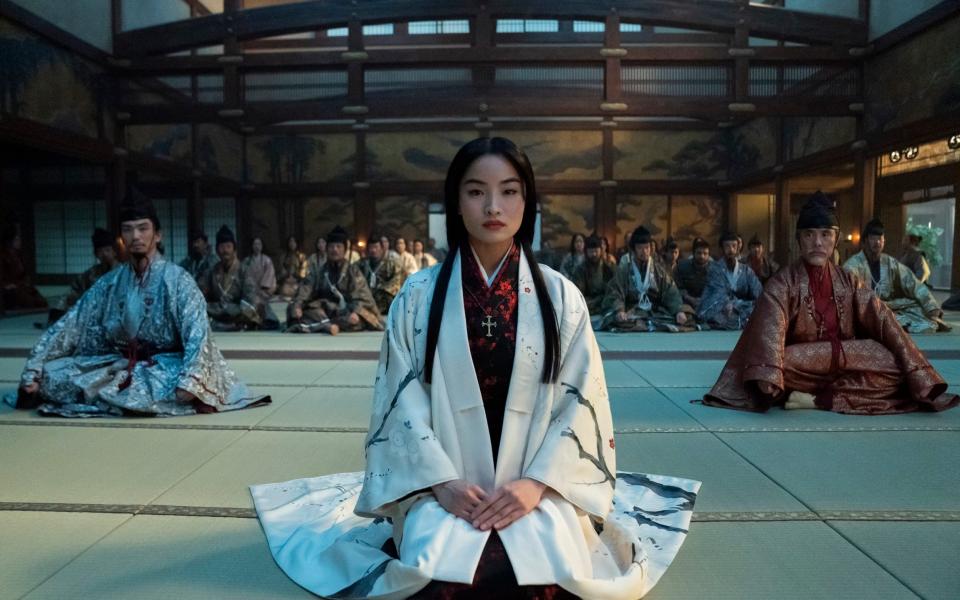
Alternatively, of course, there remains the possibility of a prequel series, perhaps revolving around the fan-favourite character of Lady Mariko. Her dramatic and explosive demise in the ninth episode was, in its own way, as unexpected as the end of Ned Stark in the first season of Game of Thrones. But the fact that, unlike Stark, she is based on a real-life character – Tokugawa’s ally Hosokawa Gracia – creates the prospect that she could return in either the second or third seasons as another major character, exploring her backstory. There are enough tantalising flashbacks in the first season to suggest that this is a narrative very much worth telling, and if the excellent Anna Sawai could return for the role, this would be highly welcome.
Whatever happens, Kondo and Marks have enormous potential to create something fascinating and rich in historical and character detail alike, as long as they remain true to the spirit and tradition of Clavell’s original alike. They will be all too aware that many high-profile spin-offs from original source material can end up being disappointing – few people expect the second series of Rings of Power to stand comparison with anything that Tolkien came up with, any more than the first did – and the difficulty they will face is in satisfying the millions of admirers of the book, and now its successful adaptation.
However, every viewer will wish them all the best in their difficult, but exciting, task ahead. As Clavell wrote in his original novel, “All comes to him who waits – and works.”

